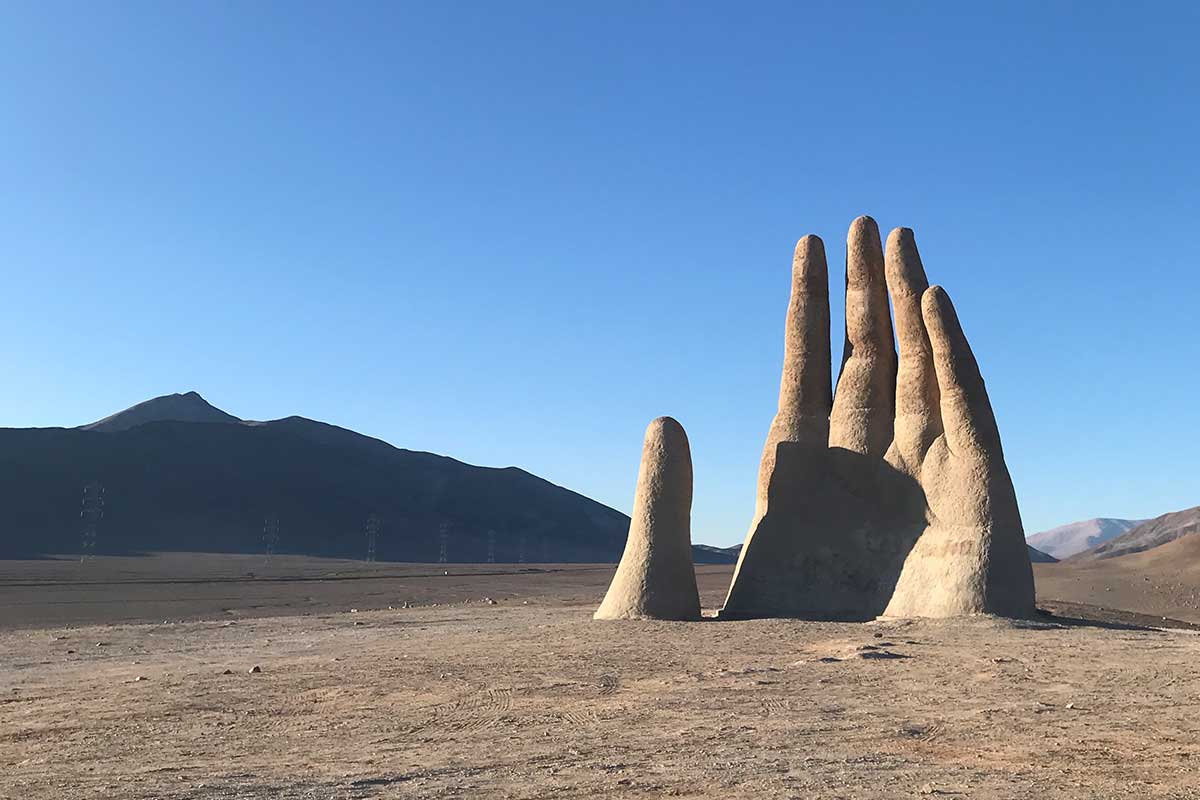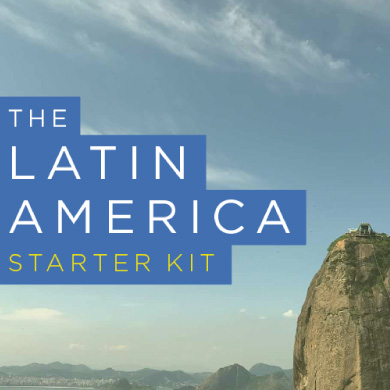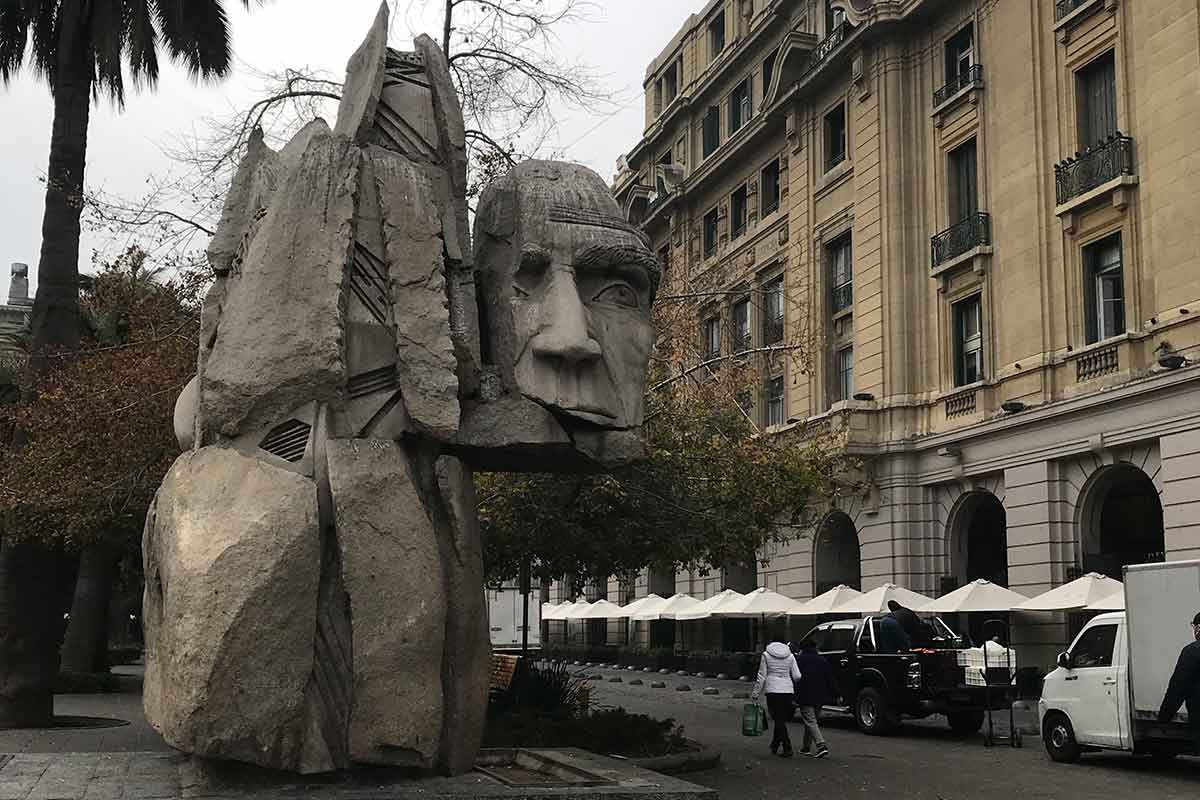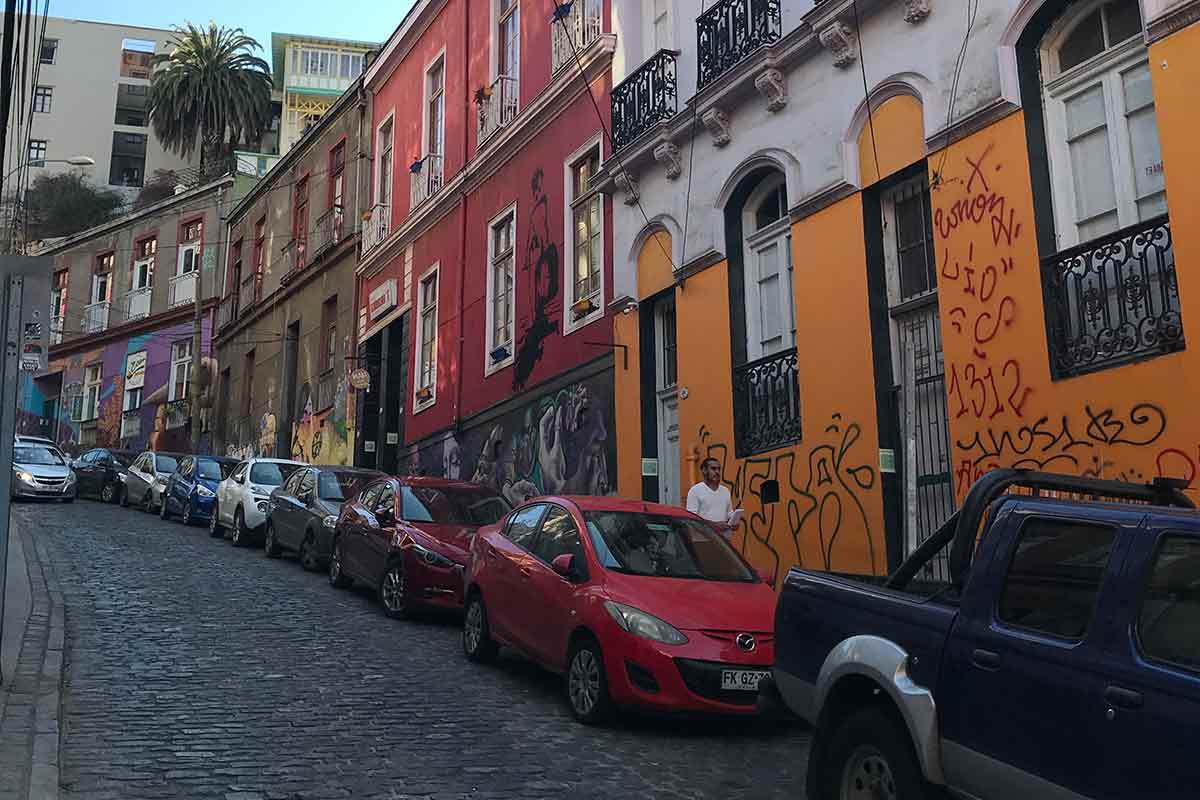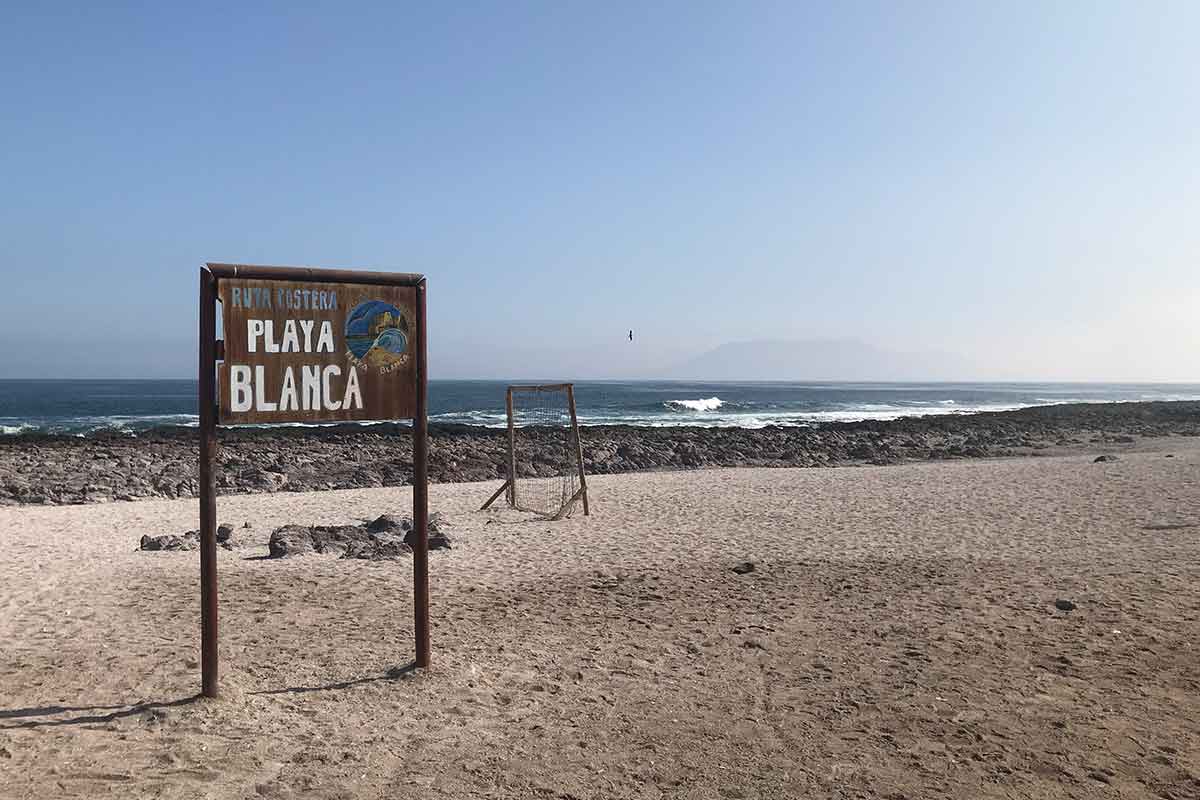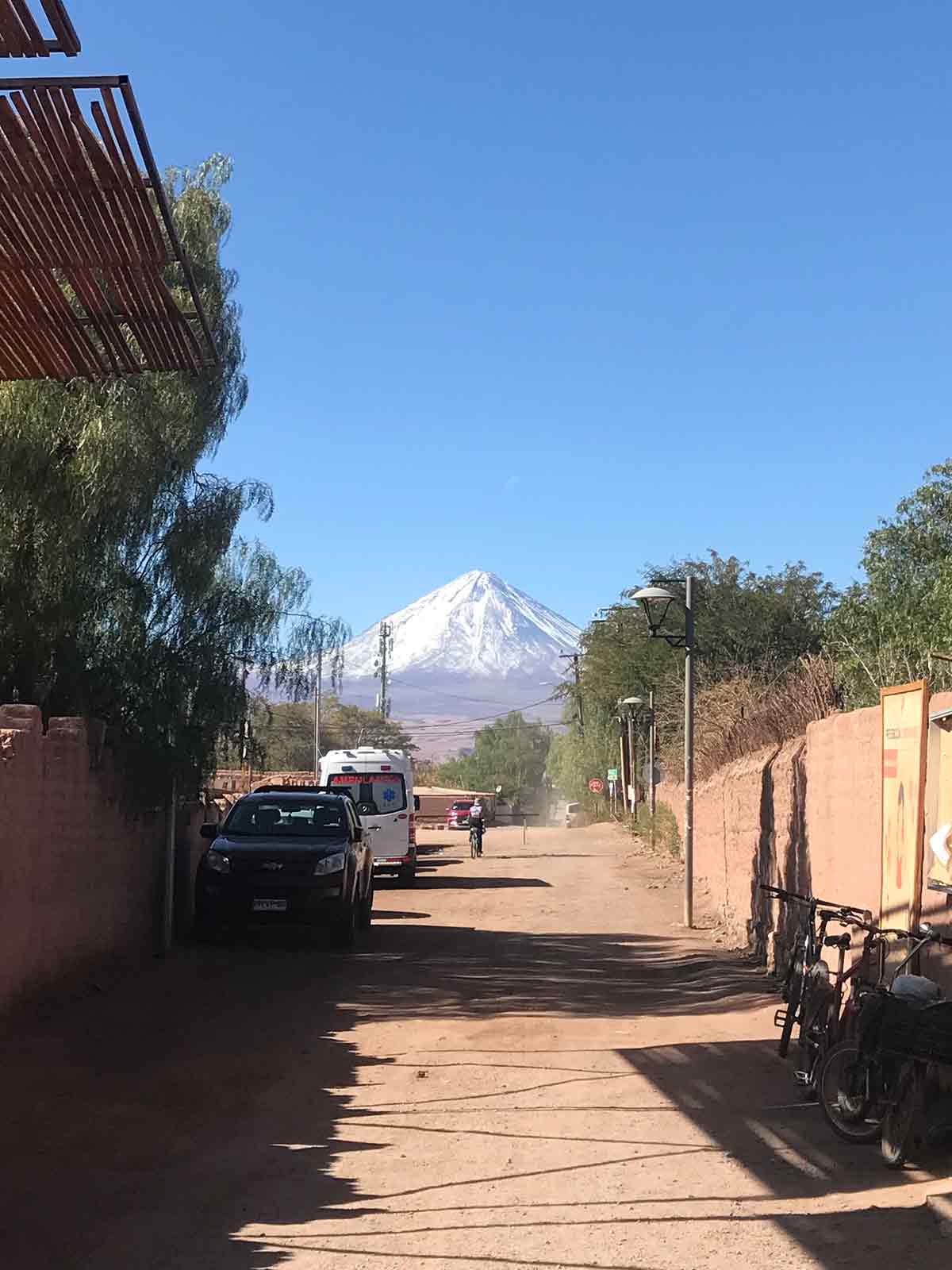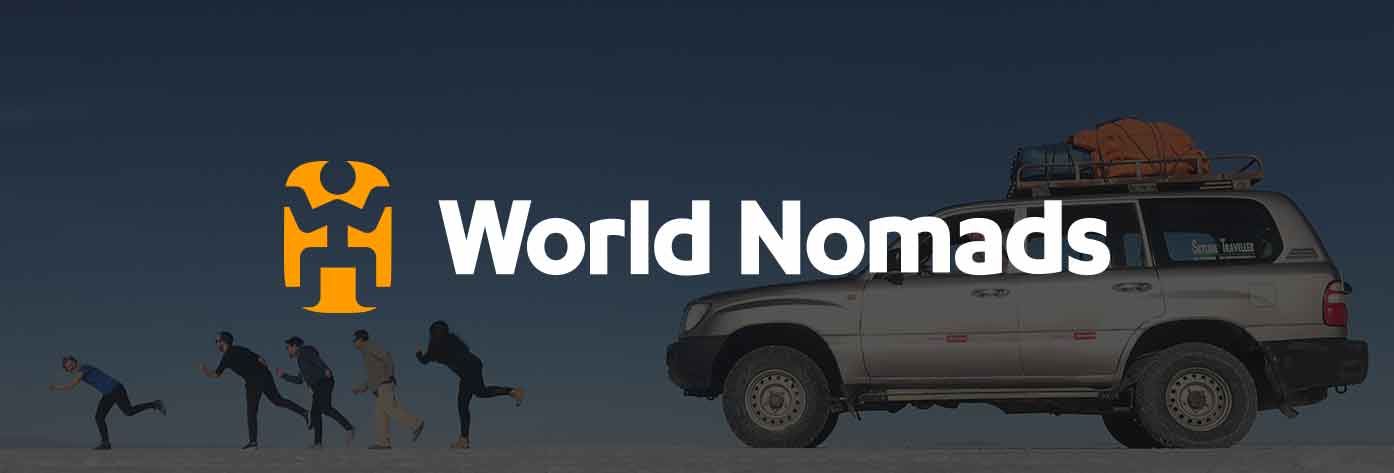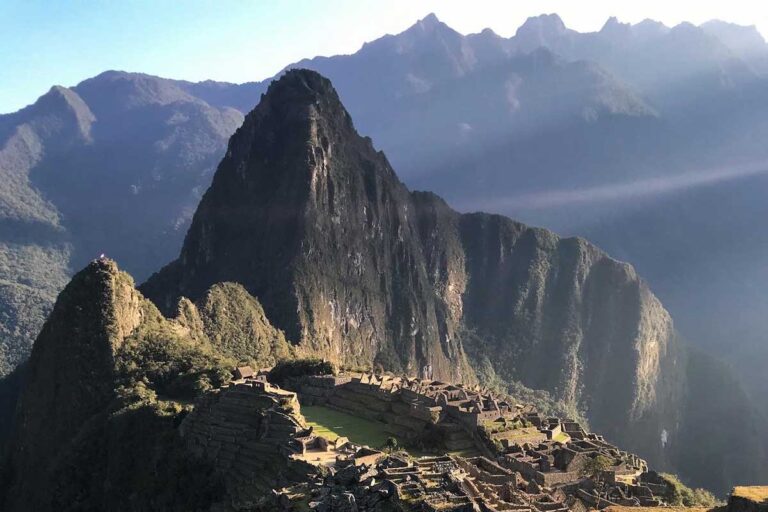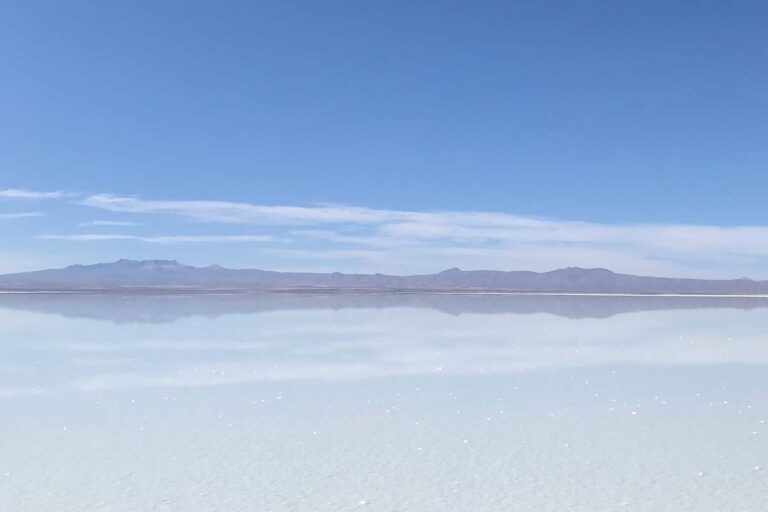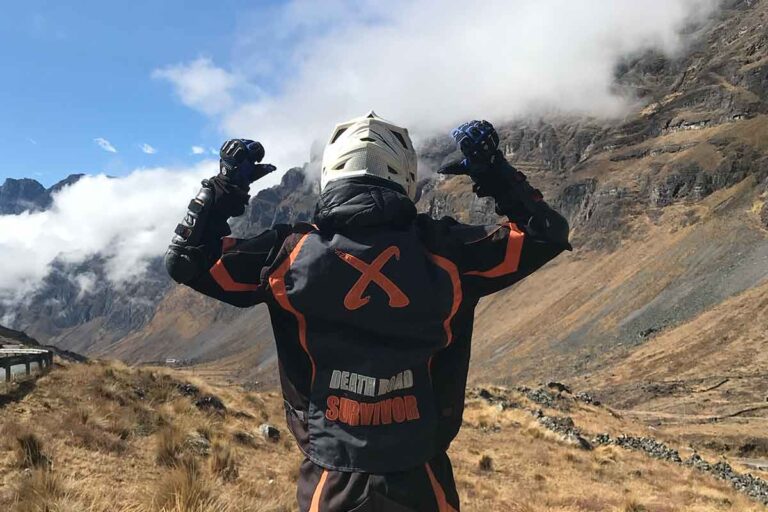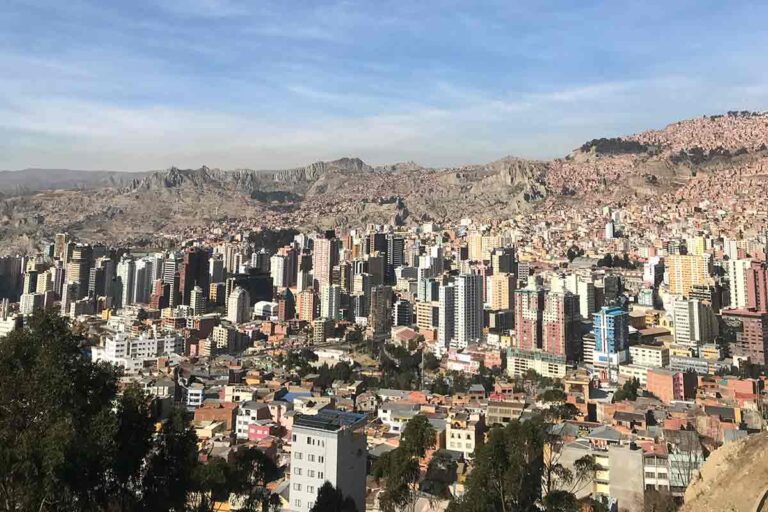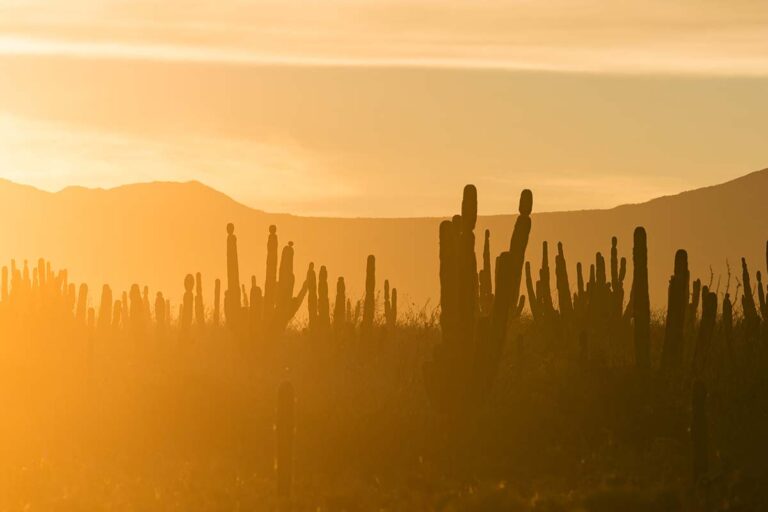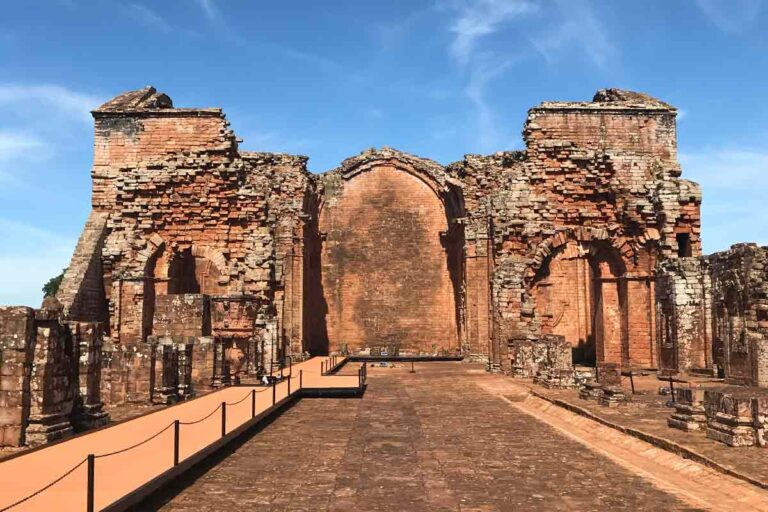Backpacking Chile Itinerary
Welcome to our backpacking Chile itinerary.
Chile is an amazing destination because it has so much to offer, especially when it comes to natural beauty.
If you are backpacking South America as an outdoor enthusiast and nature lover, you will enjoy a Chile travel itinerary.
Chile Itinerary
You’ll find a diversity of landscapes, such as beaches, lakes, volcanoes, glaciers, forests, and deserts, so you won’t have a dull moment.
Today, we will provide you with an itinerary to spend 2 weeks in Chile and explore many wonderful things!
Is Chile Worth Visiting?
Spanning several different climates and biomes, Chile really is a fascinating country to visit.
With wild deserts, rugged mountains and snow-capped peaks all to explore, you’ll have a hard time leaving.
There’s also the bustling metropolis of Santiago, as well as the mysterious Easter Island and its Rapa Nui culture.
If you’ve ever wanted to ski in the morning and then be lazing on the beach by noon, Chile is your country!
Is Chile Safe?
Chile is one of the safest countries in South America, but it’s important to understand that doesn’t mean you can let your guard down completely.
Our basic tips for safety in Chile include:
- Don’t walk alone, especially not at night.
- Avoid bad neighborhoods, do your research.
- Be aware of your surroundings, especially in crowded areas.
- Pickpocketing and bag snatching are very common. Make sure to bring this secure Money Belt to keep your valuables safe
- Keep your bag secure at all times.
The political situation is stable enough, people are friendly towards travelers, and crime rates are low, but you still need to be careful because muggings and pickpocketers are common in certain area of the country, especially in the capital Santiago.
Don’t worry, though, we will provide a few safety tips at the end of the article so you can take care of yourself and enjoy your time in Chile.
Safety facts about Chile?
- The best way to evaluate safety is by looking at the 2020 Global Peace Index. This measures the state of peace of each country in comparison with the rest of the World, by evaluating both tangible and qualitative indicators.
- Chile ranked as 45th out of the 163 nations measured, which is similar to that of United Kingdom and South Korea. For comparison, The United States ranked as 121st.
- The third highest ranking country in all of Latin America, Chile has safety standards that can be compared to that of Western Europe. As a result it’s a very popular country to travel and for expats to move abroad to. Most of the country is very safe, especially in the popular destinations like Patagonia, San Pedro de Atacama and Valparaiso.
- Santiago is definitely a lot safer than most of the other Latin American capitals, which will be a nice break those who’ve been travelling throughout the region for a while. However pick-pocketing is still an issue, so be sure to take the standard precautions like avoid wearing too many flashy accessories and heading out alone late at night.
- The other important thing to mention is that there are sometimes flair ups of civil unrest, where locals protest against social inequality, which can sometimes become violent. If you hear of anything taking place or see one starting up in public, simply avoid it and you’ll be fine.
Chile Backpacking Itinerary
If you’re planning your trip to Chile, you’ll quickly realize there are many safe places here that’ll help you feel comfortable when trip planning.
Santiago
You can start your trip in Santiago and spend a nice day here, exploring the downtown area.
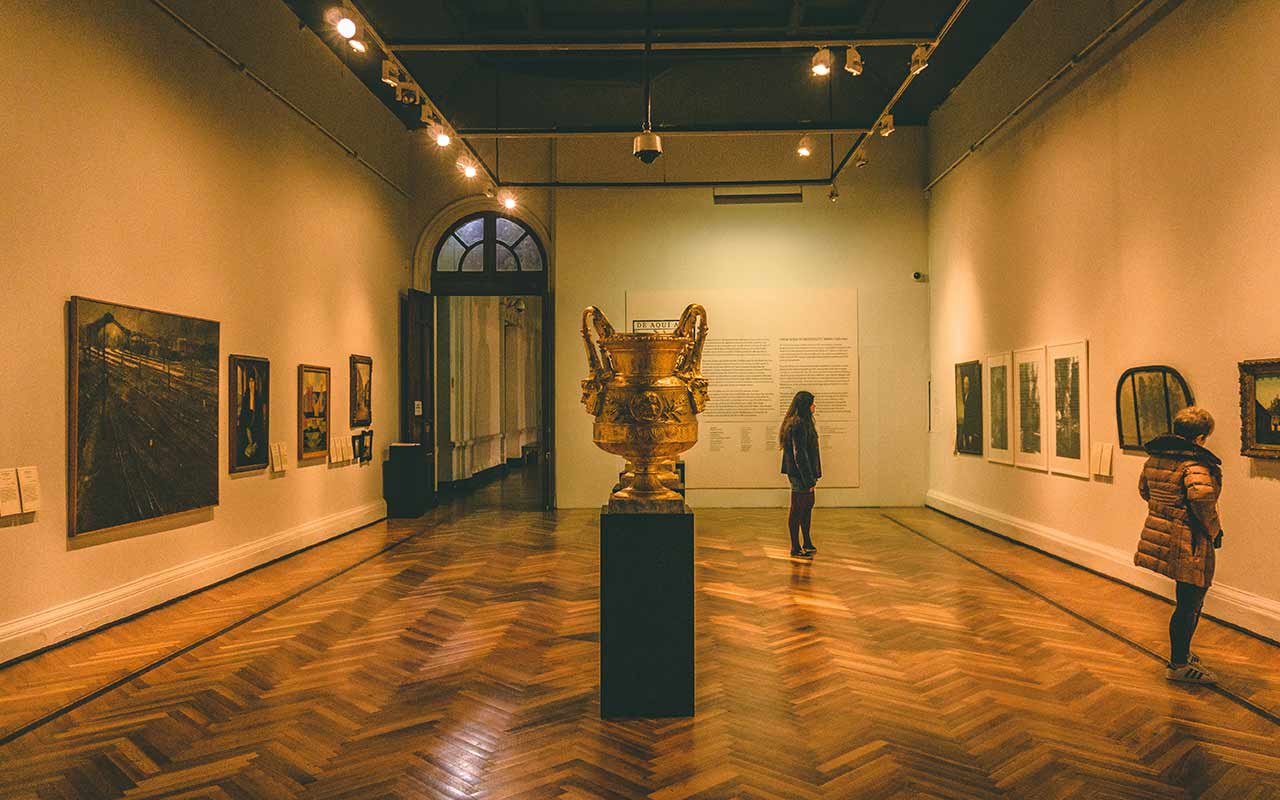
Stop by the Plaza de Armas to see the oldest building in the city and spend some time in the Natural History Museum if you want to learn a bit about the history of the country. We recommend heading on this guided sight-seeing tour, where you’ll visit the best highlights including Santa Lucia Hill as well as the sweeping, panoramic views from Cerro San Cristobal.
You can also go to the Clock Tower, explore Barrio Bellavista, Barrio Lastarria, or Barrio Italia, where you can get a bite to eat, and much more.
Chiloé
Next, you can head to Chiloé island for days 2 through 5. You can fly there, take a bus, or rent a car so you can drive to the island yourself.
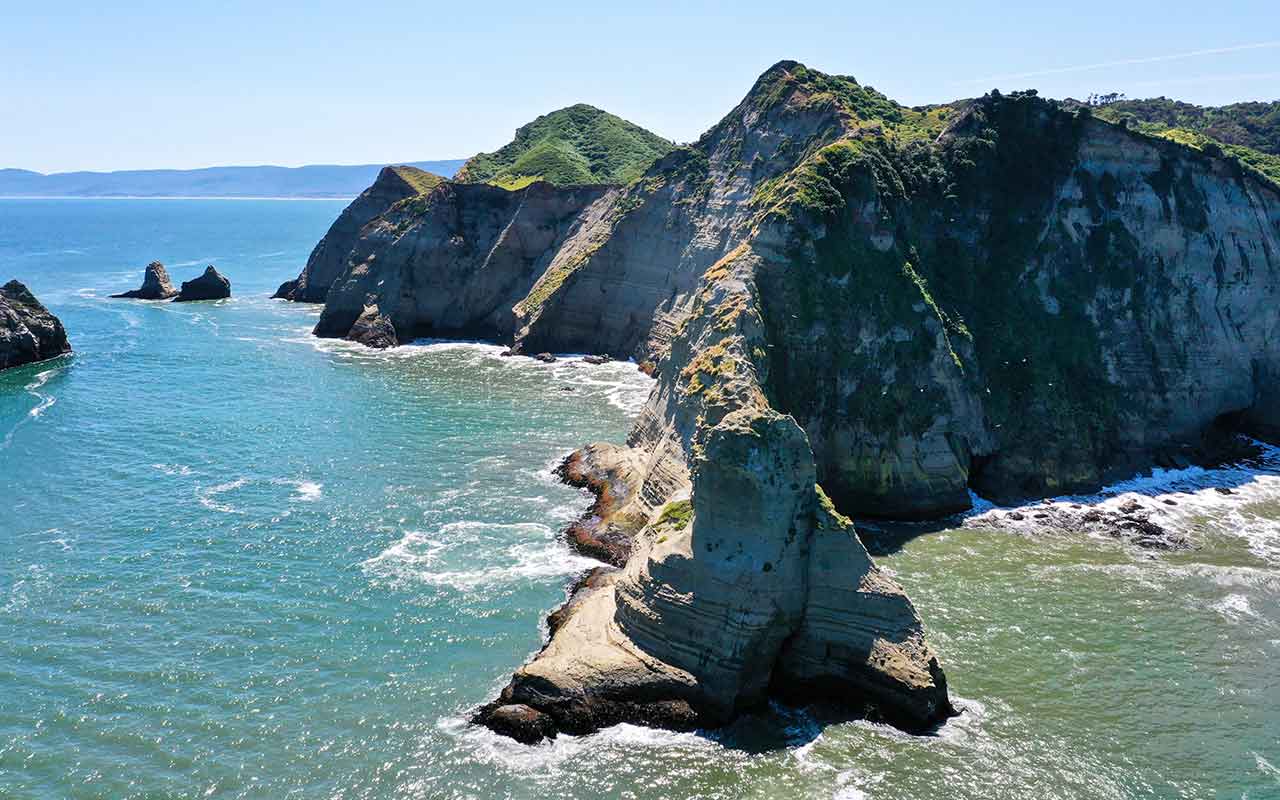
One of the first places you should visit is the Museo de las Iglesias, which is free and will teach you about the most famous buildings on the island.
You can also visit the Natural Heritage Site (Islotes de Puñihuil), explore Castro (the capital) that’s known for its amazing stilt houses, or, go see the Humboldt penguins in their natural habitat. Alternatively, you can find tours to get to know the island, such as this all-inclusive day trip from Puerto Varas.
Puerto Varas
Puerto Varas is the next step and you can spend a lovely day here. This is a lakeside town located under the shadow of Volcán Osorno, so you can imagine the views, which you can enjoy if you trek Paso Desolación.
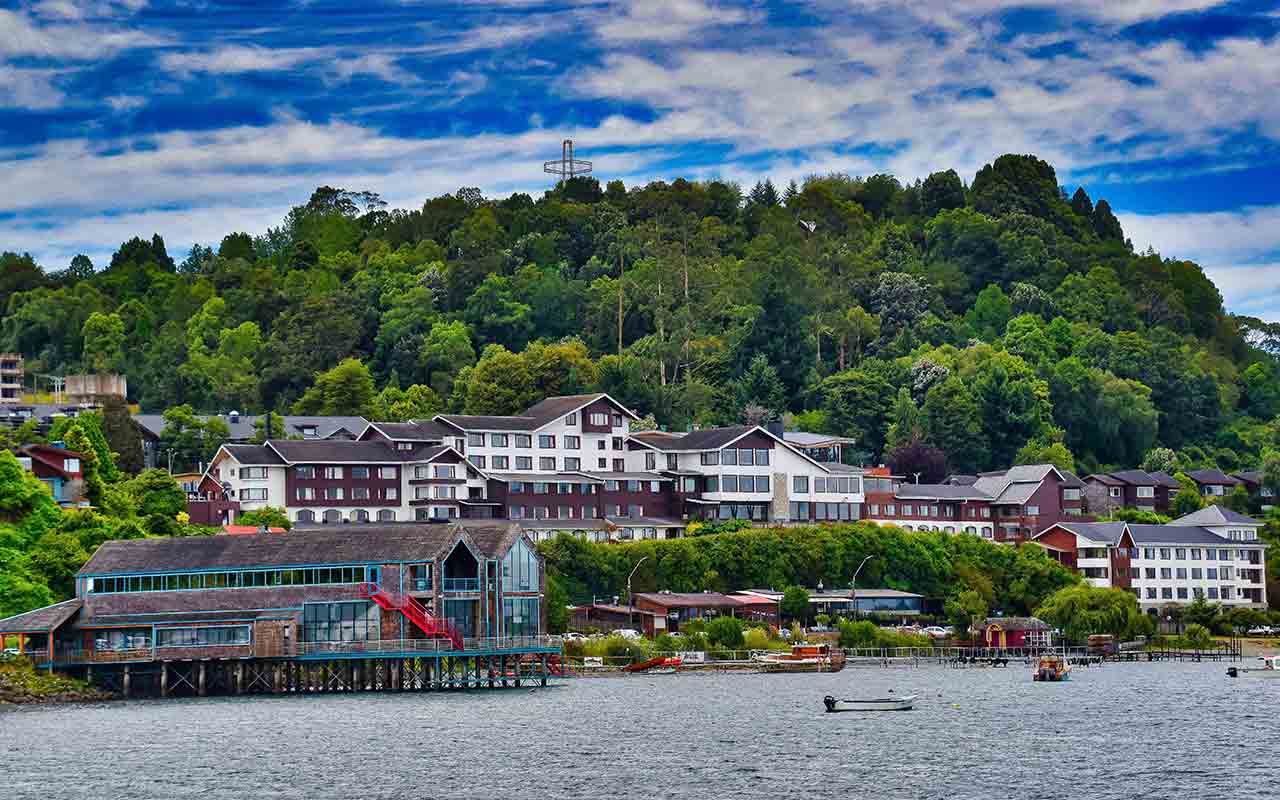
At Puerto Varas, you can also visit Museo de Pablo Fierro where you’ll enjoy a collection of artwork, visit Lago Todos los Santos and enjoy the treks, go to the Museo Pioneros Petrohué, and more. Lavandara: Casa de Té is a lovely café where you can get something to eat.
Valdivia
You can move onto Valdivia and spend a nice couple of days exploring the city by visiting the Museo Submerino O’Brian and the Museo Antropológico.
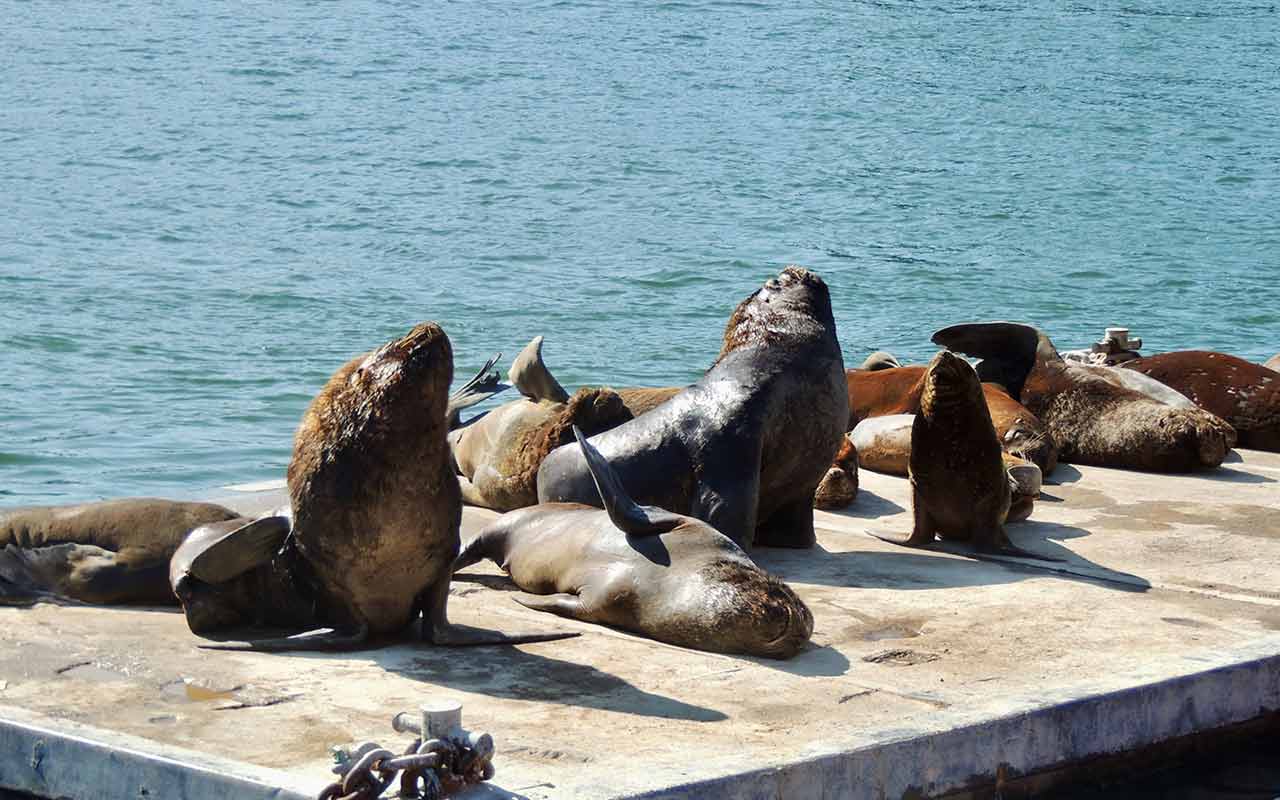
If you want to walk and enjoy the lush greenery of Valdivia, you can visit the Botanic Gardens and Parque Saval.
Also aim to visit the harbor in the early morning to explore the fish market and meet sea lions, go to Niebla and explore the castle, and so much more. Don’t forget to bring this long-lasting Power Bank to keep your phone fully charged whilst exploring around
Pucón
Days 9 to 12 can be spent in Pucón, which is the place to go if you’re looking for adventure.
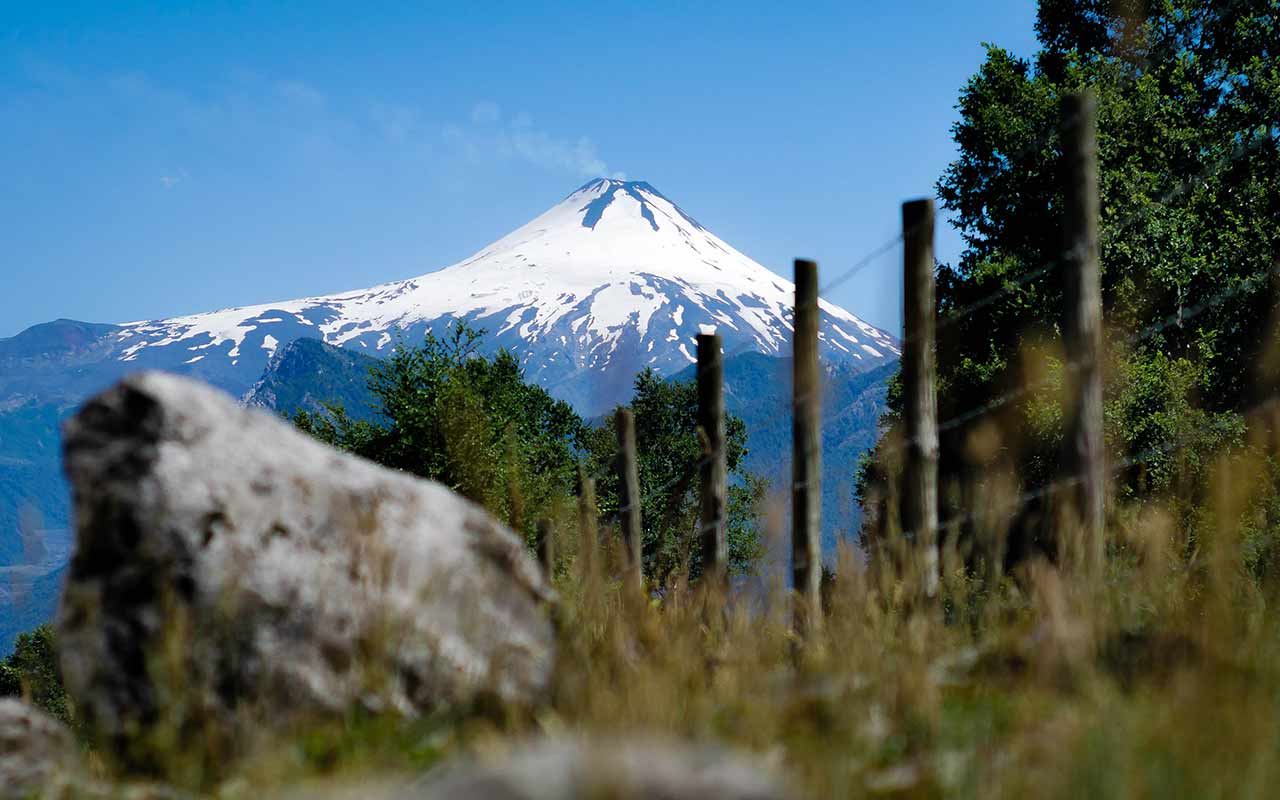
You can hike up Volcán Villarrica, visit many national parks, such as Parque Nacional Huerquehue, and enjoy a wide array of activities to get that rush of adrenaline.
Patagonia Experience is one of the best agencies in town, so you can find all the guidance you need to enjoy your time in the city.
Parque Nacional Conguillio
Now we arrive at the last stop of the trip, Parque Nacional Conguillio, where you can take many different hikes and explore the ancient scenery of the park, enjoy your time on beautiful lakes, visit Volcán Llaima, and so much more.
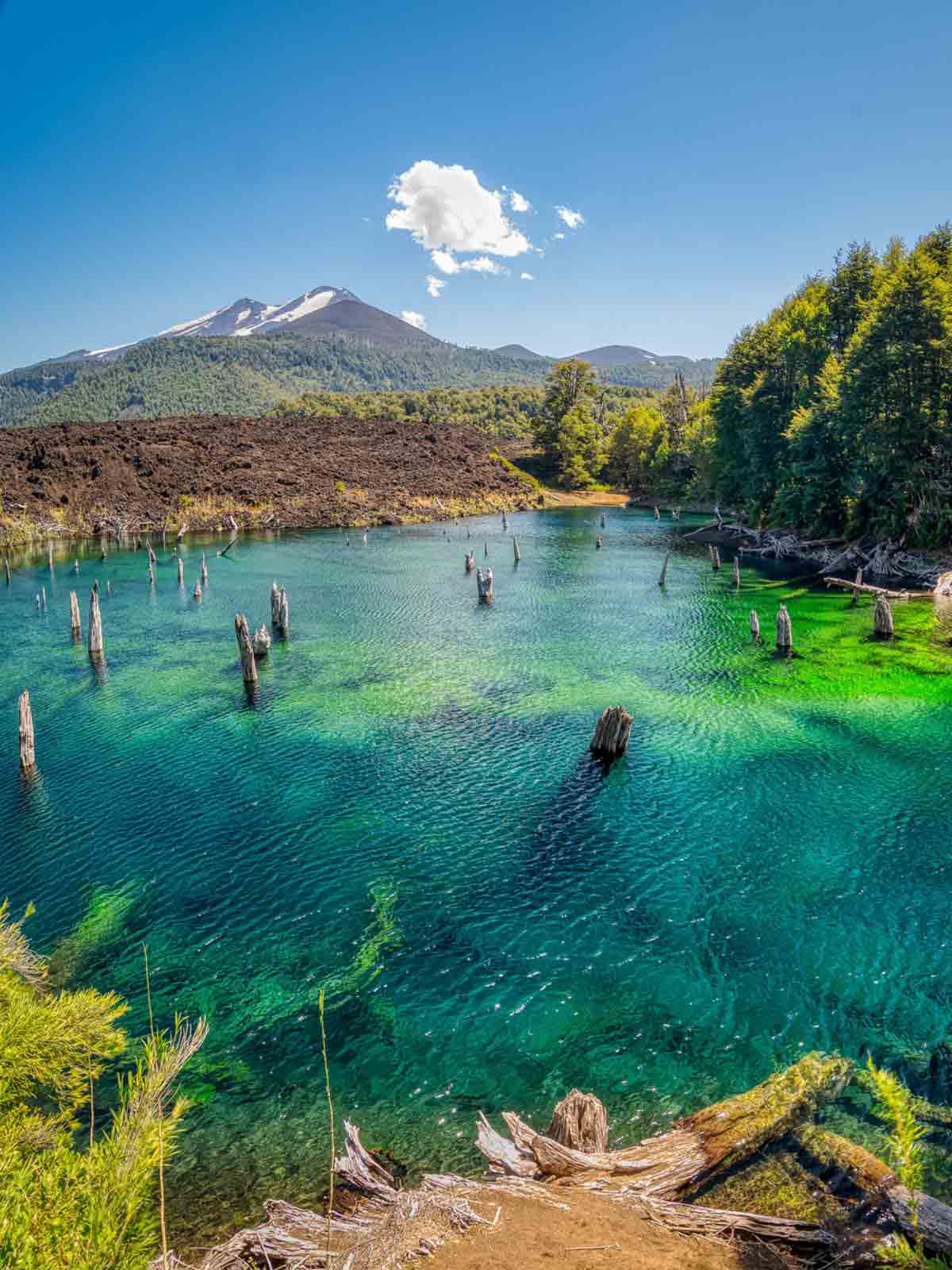
There are many campsites you can stay at which are run by Sendas Conguillio and you’ll really enjoy being in touch with nature and it’s a lovely way to end your Chile backpacking trip.
Chile Itinerary (2 Weeks)
Here we’ll now cover our very best itinerary of Chile. As well as keeping an eye on time, it’s also been designed to keep things fresh and exciting too for you.
A quick note on travelling Chile. As you’re probably already aware, this country is extremely long which makes distances pretty huge between destinations.
In this itinerary we’ll only go through the Central and Northern regions, and even take a flight now and then to save precious time. We’ll make a separate itinerary soon for the wonderland that is Patagonia.
Santiago (Days 1-3)
We’ll start off our Chilean adventure in the capital of Santiago. This large metropolitan city is one of the most diverse in South America. Fancy relaxing on the beach at morning, and then be skiing by noon? No problem in Santiago!
One of the best things to do in Santiago is to take the teleférico up to the top of Cerro San Cristóbal. This is the best view point over the capital, where you can also get a good glimpse of the Andes that loom in the distance.
We recommend heading early in the morning, where there’s less chance of smog obscuring your views. There’s also lots of interesting landmarks and important buildings to explore too.
Some of the best include La Moneda Palace, the National Museum of Fine Arts as well as the Sky Costanera. Be sure to try Pisco when here!
Valparaíso (Days 4-5)
Next we’ll head to the close-by city of Valparaíso, located on the Chilean coast. You can take a bus from Santiago and be here in just over an hour.
Valparaíso is an art lovers paradise. It’s famed for its street murals, windy mountain paths and its thriving backpackers scene. Whilst here it’s mandatory to join a walking tour, where you’ll see some amazing graffiti and also some great spots for photo ops.
Other things to do in this colourful city include wandering around the Barrios of Concepción, as well as chilling out on Reñaca beach. This ultimate one day tour is our top recommendation, where you’ll see all these highlights along with a stop in the picturesque city of Viña del Mar Also be sure to try Chorrillana whilst here, which is one of Chile’s top national dishes.
Pucón (Days 6-8)
From Valparaíso we’ll take an evening bus back to Santiago, and then connect with a night bus heading to Pucón. The last leg will take around 10 hours, so it’s perfect to get this done during the night to save on daylight time.
Known as the adventure capital of Chile, Pucón is much cooler than Santiago and further north, so be sure to bring extra layers!
Arguably the best overall thing to do here is to hike the Villarrica Volcano (or even just stare up at in awe if that’s your thing). Standing at 2860m, its last eruption was as recent as 2020, making it a must-visit for thrill seekers.
This one-day ascent tour is a perfect way to climb Villarrica. You’ll have expert guides, as well as professional clothes and equipment, included too.
Other great things to do in Pucón include horse-riding through its endless rolling hills and countryside, taking part in water sports on Pucón lake, or going white-water rafting along some of the most notorious white waters in South America.
Antofagasta (Days 9-11)
If you look at a map, you’ll probably be a bit puzzled as to why we’ve followed Pucón with Antofagasta. Over 2100km north, it looks like a trek but doesn’t need to be!
To get here we’ll first need to head back to Santiago, and then take a short flight over (domestic flights are actually super cheap and not too much more than the bus). Alternatively, taking the bus from Santiago will take over a day of travelling to get here.
Antofagasta will be a much needed break from the chilly weather, and here we can begin to enjoy the warmer climate of this Northern Chilean region. The Huanchaco Ruins are a must-visit whilst here, and after exploring you can then relax on the sandy beaches of Playa Paraíso.
Further north of the city is La Portada, a picture-perfect arch surrounded by some stunning multi-coloured cliffs. If you’ve got a car, be sure to head to the Mano del Desierto which is around an hour south (taking the bus here is difficult, but not impossible for the motivated).
San Pedro de Atacama (Days 12-15)
Now we head into the Atacama Desert, which is known to be one of the driest and most inhospitable regions on earth. Lovely! From Antofagasta, the bus takes around 5 hours to reach San Pedro de Atacama.
The Atacama is full of dreamy landscapes and sites, making it a bucket list item when in Chile. The small town of San Pedro is the best place to base yourself, which now has a thriving backpacking scene as well as several tour agencies bidding to take you out and about.
The top thing to do here is to visit Valle de la Luna with this all-inclusive tour, an otherworldly landscape full of jagged rocks and a desert that looks something out of a sci-fi film.
The giant steaming Geysers del Tatio is another popular trip, whilst star-lovers will be in for the time of their lives here with perfect views of outer galaxies (its so clear and unpolluted here that you can see the Milky Way).
After our few days in San Pedro, we then finish up with this Chilean Itinerary. From here you can either take a bus to Calama, where you can then fly back to Santiago and connect for you international flight out.
Alternatively, if you have more time, we recommend heading on the 4-Day Uyuni Tour where you’ll see even more memorable landscapes on your way into Bolivia.
And there we have our 2 week Chile itinerary. Now let’s move on to our most important tips, so you can have the best experience possible here.
Chile: Travel + Safety Tips
Chile is one of the safest places to visit in South America but you still have to be careful to avoid some common risks, such as pickpocketing, mugging, and other risks tourists are susceptible to.
⬇️ Below you can find a list of our top recommendations for Chile:
- Look out for the top rated hostels in Chile for the most comfortable rooms and meeting like minded people etc.
- Brasil and Vitacura are the best areas for nightlife in Santiago. La Piedra Feliz is our top pick for nightlife in Valparaíso, with many different rooms dedicated to different genres, such as Salsa, Tango and a stage for live performances.
- Café Turri and Café Con Letra are some of the best eat-outs in Valparaiso. In Santiago, take a short bus to Maipo Valley, which is home to some of the best wine in the World!
- Don’t leave your things unattended.
- As always, we suggest learning some Latin American Spanish before you arrive in Chile as it can really help you out in different situations.
- If you happen to get mugged, don’t resist.
- Keep your valuables in a safe place while you’re out and don’t bring jewelry or fancy clothes/things for the trip.
- If you don’t speak much Spanish then don’t worry, as neither do Chileans!
- Valparaíso, Torres del Paine (Patagonia), Valle de la Lunar (San Pedro de Atacama), Easter Island. See this list of top rated tours in Chile.
- Try to blend in. Dress appropriately and look confident when you’re out and about.
- Natural disasters sometimes happen, so monitor the local media.
Staying safe while you’re traveling is all about common sense and being careful, that’s true no matter what your destination is.
Follow your instincts, do your research, and protect yourself in every way!
Traveling Around Chile
Traveling around Chile by bus is a great choice because the buses have good amenities, they are inexpensive, and they’re great for long journeys.
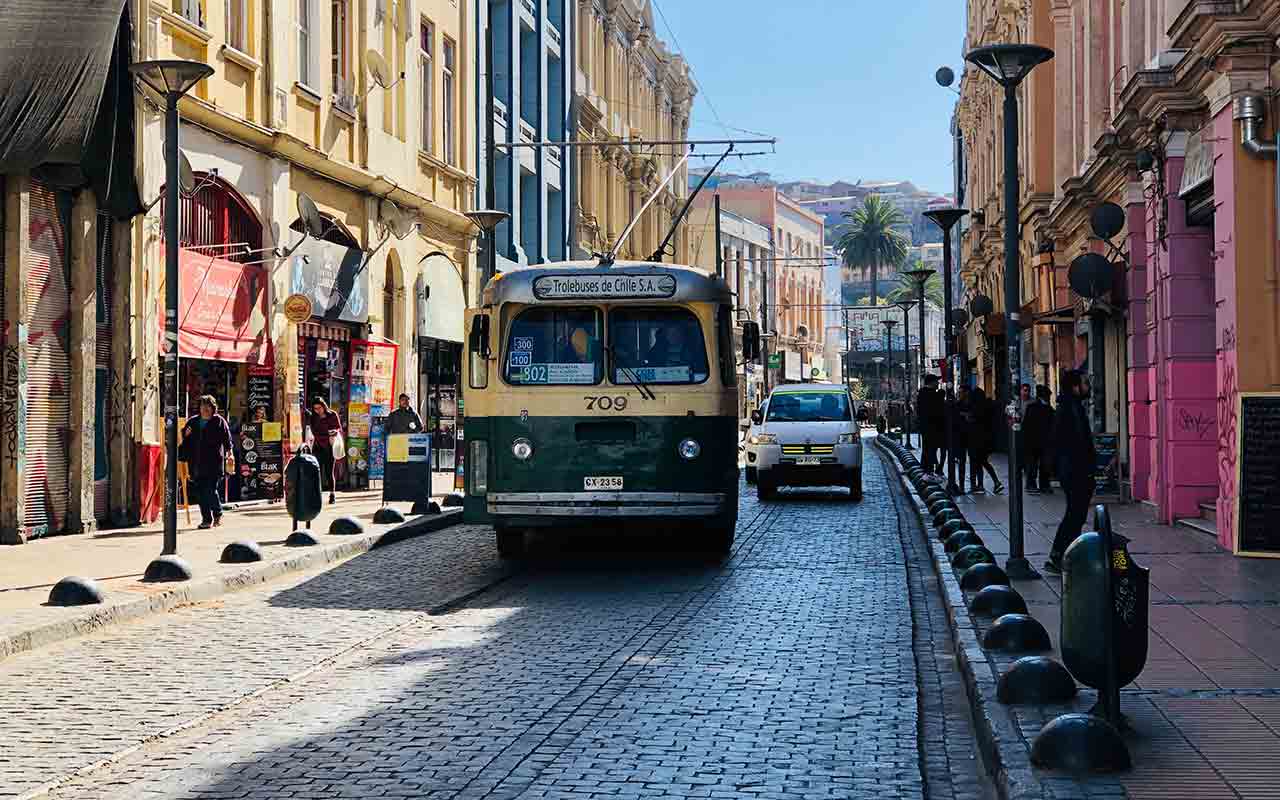
The only drawback is that the buses are not always direct to where you need to go, so you may have to take more than one, and some roads are incredibly windy, prepare to feel a bit queasy.
Buses are comfy, allow you to enjoy the landscapes, and they tend to run on time. They don’t have a super organized system, though, so do your research.
We have create a guide on the cost of travel in Chile to give you an idea of what to expect.
Best time to visit Chile
We’ve spoken a lot about the best time to visit South America on this blog (George is absolutely obsessed with checking the weather when we travel).
Chile is an extremely long country (over 4000km), and as a result spans over deserts, mountain ranges and glaciers which we’ll do our best to cover below.
Santiago tends to be good to visit year-round, although it still has seasonal weather. November until April is a much warmer time to visit, with average temperatures of between 60-70°F, and highs of between 72-86°F.
January is the hottest month to visit the capital. In contrast, May until October is cooler, with averages of 48-59°F, and highs of between 59-72°F (June and July are the coolest months).
Rainfall is at its highest between May until August (50-80mm per month), and is low the rest of the year with only 10mm falling throughout each month.
San Pedro de Atacama in the North is located in the desert, so there is virtually no rain year-round. Average high temperatures (during the day) range from 70-77°F, however at night rapidly cool due to the climate and can reach between 34-46°F.
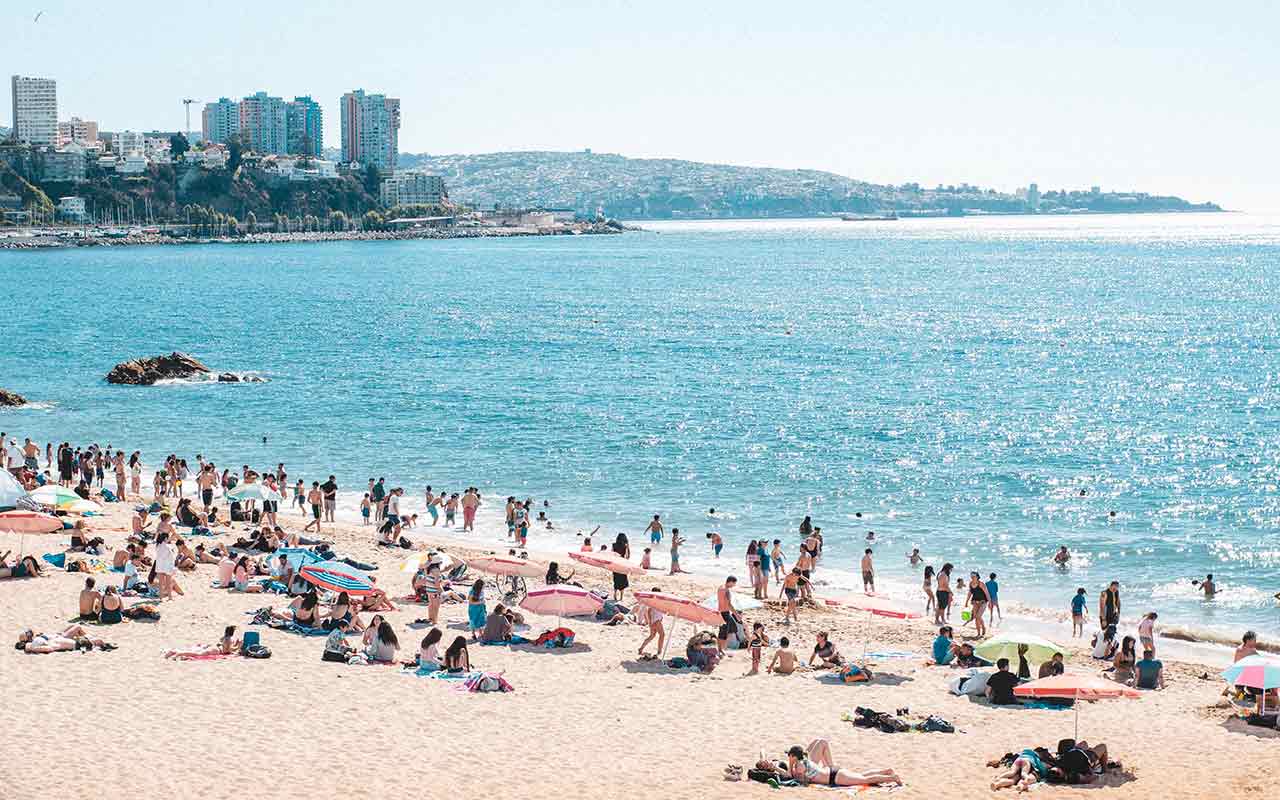
The difference here is that the cool, night-time temperatures vary depending on when you visit (Warmer from November until April with between 41-46°F, and cooler from May until October with lows of between 34-39°F).
Patagonia is the last important climate we need to discuss before heading to Chile. Overall it’s going to be cold regardless of when you visit, however October until April is the warmest time to visit this wild, southern region.
In Torres del Paine, the temperatures this time of year average between 48-59°F, with lows of down to 39°F.
This is the time to come hiking, as rainfall is lower with between 10-30mm of rainfall each month. The rest of the year will see many of the hiking paths closed off due to the extreme weather.
May until September sees a big drop in temperatures to an average of 37-41°F, with lows of a chilly 25°F. Precipitation (and snowfall) is higher this time of year, with between 30-40mm of drop each month.
What to pack for Chile
Now that we’ve covered the different destinations of Chile, now it’s time start packing and getting everything right before you leave.
As we’ve seen Chile can vary extremely depending on where you visit. If you’re only planning on visiting just the Desert or only Patagonia, then it’ll be fairly obvious the clothes and gear you’ll need to bring.
If you’re planning on backpacking the entire country, then you’ll want to pack a whole range of clothes. You’ll want light layers for the desert and when heading to the beaches where it can get quite warm. See our South America packing list for ideas!
You’ll also want jumpers, a thick coat and extra layers when venturing into the extreme-southern depths of Patagonia where temperatures usually drop below freezing.
As well as the above, you’ll also want to pack all the essentials which include toiletries, a document holder, towels, a water bottle as well as a daypack for any excursions you’ll be taking part in.
Also make sure to bring a good pair of hiking boots and other equipment which will be invaluable during any treks in Patagonia.
Some of our favourite hostels in Chile include:
Hostel Casaltura (Santiago), Hostal Possada Atacameña (San Pedro de Atacama).
Got Travel Insurance for Chile?
Backpacking Chile: Final Words
This Chile itinerary is super complete, so you can use it as a guide for your trip.
Though it’s for 2 weeks in Chile, you can make adjustments to turn it into a 1 week in Chile.
Either way, we’re certain that you’ll have an epic time with this Chile itinerary. Why not see our backpacking South America guide for more tips?
👉🏽 P.S. If you’ve found this guide helpful, buy us a coffee here to say thanks! Or, support us by downloading our South America Travel Bible to get our best content.
“Dear traveler! Some links in this post contain affiliate links. Meaning, if you click through and make a purchase, book a hostel or sign up for a tour, we may earn a small commission at no additional cost to you. Your support means a lot and helps us to carry on traveling and maintaining the quality of this site for you.”

